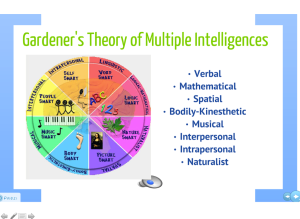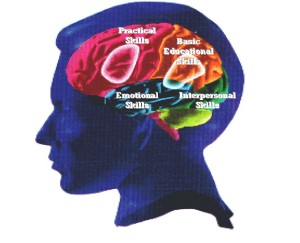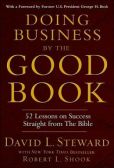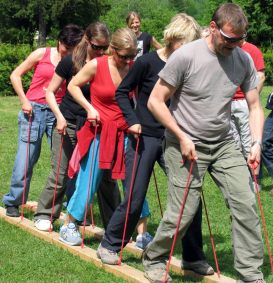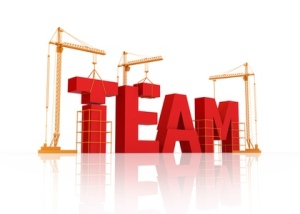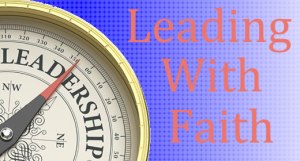This Flag, the American Flag, is the emblem of civil and religious liberty and well deserves a place of honor whereever it’s citizens meet. It is our fervent hope that we citizens will stand ever ready to shield and protect it, as we fostere and promote that Divine Principle of which it is a symbol throughout the world.
Divine Principle — Liberty, to which our Founders added Life and the Pursuit of Happiness.
The ideal of liberty motivates our patriotic zeal and loyalty to the Flag and our Country. And, when our liberty is threatened, that same motivation drives to stand as ramparts of liberty, taking up the sword of freedom to protect it and those who swear or affirm their allegience to the Flag and to America – The United States.
That Divine Principle – Liberty – was of primary concern to our Founding Fathers when they were searching for a foundational ideal upon which to build our great country; a divine principle that would be symbolized in the flag of the new nation.
The Founders were well read, highly intelligent leaders, some men of the Cloth who were aware of the many philosophical ideal upon which to create a country. They knew about Plato’s writings in The Republic; they knew about Scotland’s quest for freedom from England. They knew about a letter written from Scottish Leaders called the Declaration of Arbroath, sometimes called the Declaration of Independence of Scotland, in which there is a single line that defines their ideal for America:
“It is in truth not for glory, nor riches, nor honours that we are fighting, but for liberty – and that alone, which no honest man gives up but with life itself.”
Thomas Jefferson reminds us in one of his over 2700 quotations about liberty and other subjects, when in 1787 he said, “The tree of liberty must be refreshed from time to time with the blood of patriots and tyrants.”
The Flag is a symbol of patriotism.
Congress proclaimed the design of on June 14, 1777. Prior to that there were many designed of Flags in each of the colonies and localities. One of the most common was the “Don’t Tread on Me” Flag.
President Wilson officially proclaimed Flag Day on June 14, 1916 suggesting that all American fly the U.S. Flag to show our allegience and patriotism to the American Ideal. There have been many writings as to the symbolism of the Colors. However, the one that speaks to the patriotic ideals of the Country more appropriately reflects the American Ideal.
Red: our zeal and courage for Flag and all it represents to Americans. It is also symbolic of the blood shed in the preservation of liberty and America.
White: our purity, our honest, our integrity of actions and treatment of others.
Blue: our loyalty (True Blue) to our country and the ideal of liberty.
Upon hearing of President Wilson’s Flag Day proclamation, a noted Washington DC Patriot, journalist and motivational speaker named John Daley immediately wrote a poem called “A Toast To The Flag” in which is symbolized and memorialized the ideal of liberty.
Toast to the Flag
John Daly
June 14, 1917
Here’s to the Red of it
There’s not a thread of it,
No, nor a shred of it,
In all the spread of it,
From foot to head,
But heroes bled for it,
Faced steel and lead for it,
Their fortitude embedded in it,
Precious blood shed for it,
Bathing it Red
Here’s to the White of it
Thrilled by the sight of it,
Who knows the right of it,
But feels the might of it,
Through day and night?
Womanhood’s care for it,
Made manhood dare for it,
Their integrity sincere in it,
Purity’s prayer for it,
Keeps it so white!
Here’s to the Blue of it
Beauteous view of it,
Heavenly hue of it,
Star-spangled dew of it,
Constant and true;
Diadem gleam for it,
States stand supreme for it,
Their loyalty true for it,
Liberty’s beam for it,
Brightens the blue!
Here’s to the whole of it
Stars, Stripes and Pole of it,
Body and soul of it,
O, and the roll of it,
Sun shining through;
Hearts in accord for it,
Swear by the sword for it,
Their faith unshakable for it,
Thanking the Lord for it,
Red White and Blue
Take a moment today to remember the meaning and symbolism of the U.S. Flag, the millions of Americans who have paid the ultimate sacrifice preserving the liberty we so cherish.




